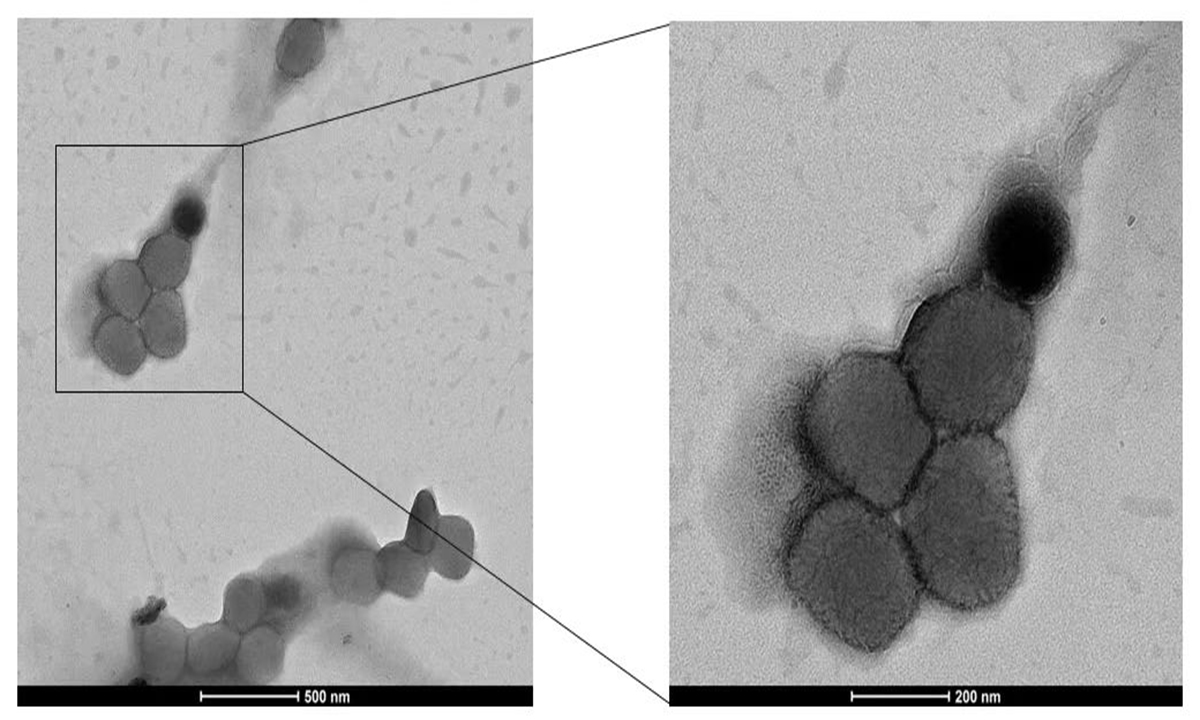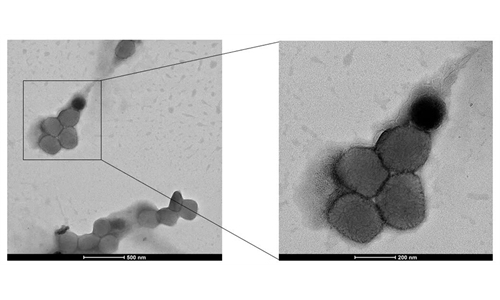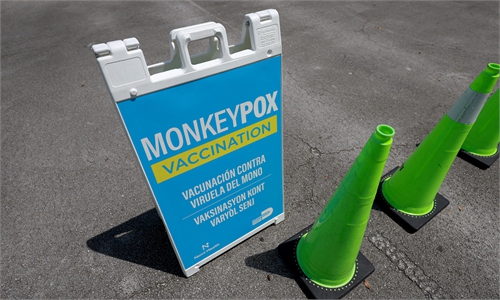CNBG releases world's first study on monkeypox-specific mRNA vaccines, proves efficacy, safety

Monkeypox
A China-developed monkeypox-specific mRNA vaccines have proved highly effective in protecting mice from a lethal dose of the virus, making them a potential candidate to help prepare the world for monkeypox outbreaks in the future, according to a study released recently by the China National Biotec Group (CNBG) under Chinese state-owned Sinopharm.
The study, posted on preprint platform bioRxiv on November 22 by a research team led by Yang Xiaoming, chairman of CNBG, is believed to be the world's first released study on monkeypox-specific mRNA vaccines.
In the study, the research team tested three mRNA vaccines, VGPox 1-3, that encoded monkeypox proteins M1R and A35R, including A35R-M1R fusions (VGPox1 and VGPox 2) and a combination of encapsulated full-length mRNAs for A35R and M1R (VGPox 3).
Results showed that the novel mRNA vaccines expressing a fusion protein composed of a truncated form of A35R and a full-length M1R can provide strong immunity and protection against the poxvirus, the study said, noting that all three vaccines induced anti-A35R total IgGs as early as day seven following a single vaccination.
Specifically, VGPox 1 and VGPox 2 can effectively induce high levels of both A35R and M1R IgGs and are highly effective in neutralizing live virus infection in cell cultures, but not the mixture of the two individual mRNAs (VGPox 3). VGPox 3 produced M1R specific antibodies much later, and consequently the sera collected at early time points were not able to neutralize the virus, according to the study.
Nevertheless, all three mRNA vaccines (VGPox 1-3) are 100 percent protective against the virus challenge assay. This is probably because all animals in the current study were challenged with live virus at day 36 when both anti-A35R and anti-M1R neutralizing antibodies were present in all three vaccines, read the study.
The vaccines can effectively induce both humoral and cellular immunity against the virus, demonstrating complete protection for the mice with lethal vaccinia virus challenge. Given the high homology of vaccinia and monkeypox, the results suggest that VGPox can be a potential mRNA vaccine against monkeypox, the study concluded.
Monkeypox virus belongs to the Orthopoxvirus genus of the Poxviridae family, which also includes variola virus (smallpox) and vaccinia virus. Outbreaks of the variola virus caused millions of deaths in the world until its global eradication in 1980, thanks to the worldwide vaccination with live virus preparations of the infectious vaccinia viruses.
This year witnessed an increase in cases of monkeypox infections world-wide leading to a global outbreak, which was declared by the World Health Organization on July 23 as a global health emergency. According to the US Centers for Disease Control and Prevention, a total of 80,850 monkeypox cases had been reported around the world as of November 23.
The end of smallpox vaccination might be one of the reasons causing the current outbreak of monkeypox virus since the two viruses share highly homologous genomes and their antibodies have showed significant cross-protection, the study explained.
Currently, there are three pox vaccines available, according to the study, naming ACAM2000, a live VACV vaccine, Modified Vaccinia Ankara and JYNNEOS. The JYNNEOS has been recently approved by the US Food and Drug Administration, being the main vaccine during this year's monkeypox outbreak in US.
However, live virus vaccines express many viral proteins, many of which are still not fully understood by researchers. The attenuated virus vaccines, therefore, have some safety concerns, especially in immune-deficiency people, according to the CNBG study.
In comparison with the attenuated virus vaccines, the CNBG monkeypox-specific mRNA vaccines prove safer to recipients.
The study showed that mice in all mRNA vaccine groups had no body weight loss or other abnormality after they were intranasally challenged with a lethal dose vaccinia virus. Consistent with the body weight change, there was a complete virus clearance in lungs of those mice nine days following nasal inoculation of the virus, while the animals in the control group had a high virus load in the lungs, the study showed.


